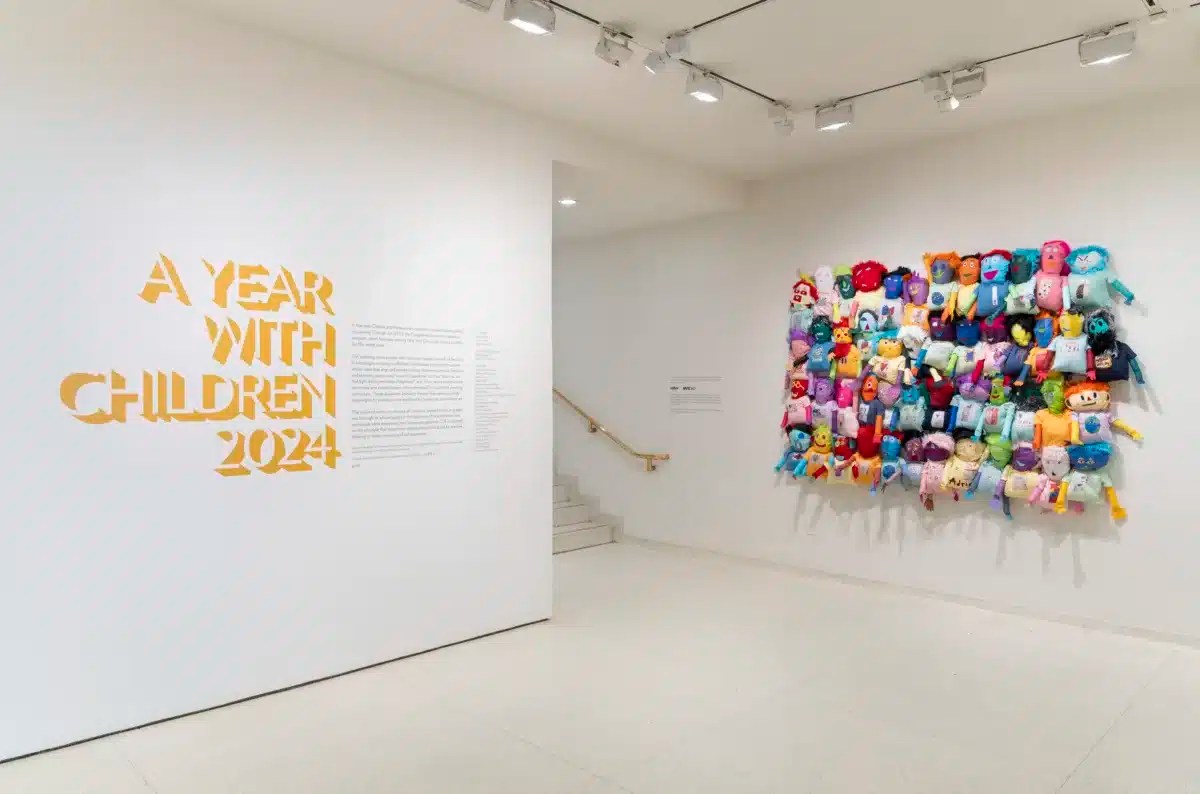While the serenely spiraling ramp of masterpieces at the Guggenheim is always a welcome respite from the excesses of the urban grid, this summer the East Side institution is hosting a show that will really help you escape reality.
Containing around 40 works, “Mystical Symbolism” is modeled on the Salon de la Rose+Croix, held annually in Paris from 1892 to 1897. Joséphin Péladan, the author and Rosicrucian who founded the Salons, was a mystic who scorned realism and naturalism in favor of the mysterious and mystical. The symbolist artists and musicians who shared their work at the Salons were particularly influenced by literature, mythology and religion.
Senior curator Vivien Greene says the exhibit is “eccentric, bizarre, wacky and also very important,” despite the fact that many of the works have been in storage for decades.
The show, housed in one of the museum’s tower galleries, is immediately visually engaging with its dark vampish red walls and deep blue-black velvet furniture. And there is music playing, all classical works that were played during the actual Salons. The ceiling lighting is recessed and rectangular giving the illusion of supernatural light shining through slats.
One of the more arresting images in the main space is Alphonse Osbert’s “Vision.” The floor-to-ceiling oil in blues and yellows depicts a haloed woman, eyes raised in prayer, with one devoted sheep at her side. Her isolated plea is starkly framed by darker works, including “Orpheus in Hades” by Pierre Amédée Marcel-Béronneau.
Orpheus, the mythological musician who loses his true love twice, is a central figure of the show, appearing in several works, including Jean Delville’s depiction of his severed head and lyre at the bottom of a river.
Delville’s other work in the show, “The Idol of Perversity,” is likely to draw considerable attention. At first glance, the female figure, nude from the waist up and radiating light, appears to be an empowering feminist statement that would not seem out of place in today’s pop culture world.
But looking closer, the “femme fatale” shows the “misogynistic, pseudoscientific views” prevalent at the time, once again reminding us that artistic escapism provides only fleeting relief from real life.
IF YOU GO: “Mystical Symbolism: The Salon de la Rose+Croix in Paris, 1892–1897” is on display June 30-Oct. 4 at the Guggenheim, 1071 Fifth Ave., guggenheim.org

















